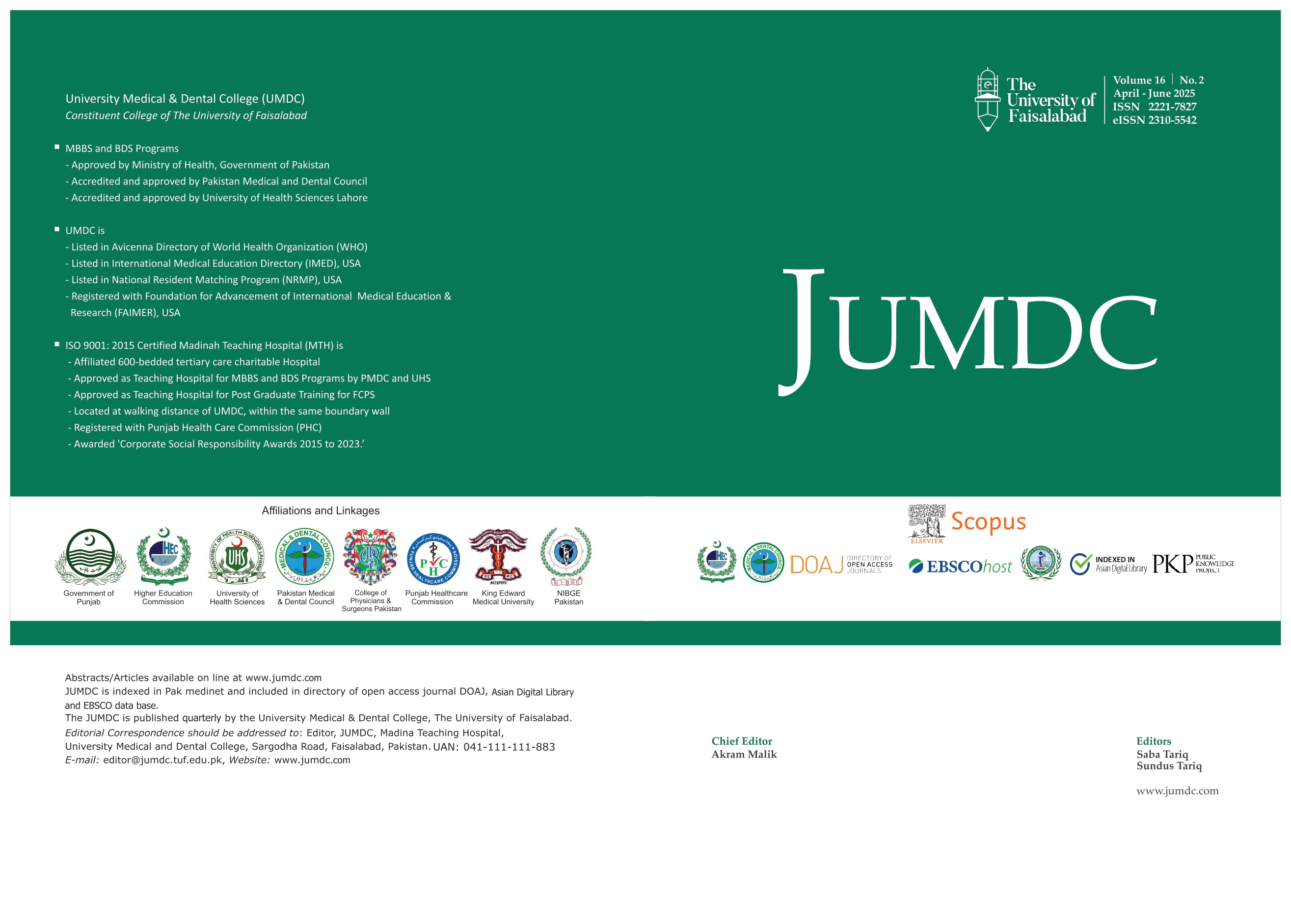Measurement of food sensitivity with special reference to food properties in children with autism spectrum disorder
Food sensitivity among autism spectrum disorder children
Abstract
BACKGROUND & OBJECTIVE: Autism spectrum disorders (ASD) are lifelong neurodevelopmental conditions often associated with atypical dietary behaviors. This study aimed to analyze food sensitivity and its relationship to food acceptance in children with ASD.
METHODOLOGY: Twenty-five children with ASD were selected for the study. Various fruits differing in color, shape, and texture were introduced twice weekly. The Childhood Autism Rating Scale (CARS) was used to assess behavioral responses and food acceptance.
RESULTS: Hard-textured foods were accepted by 72% of the children. Soft and slippery foods were more likely to be rejected—30% and 10% of children split and rejected them, respectively. Mineral analysis revealed varying zinc (11.5–36.5 µg/dl) and iron levels, with the highest iron levels in 5-year-olds and the highest zinc in 8-year-olds. Behavioral assessments highlighted significant patterns in joint attention, play, and sensory processing. Statistical analysis showed no significant difference (p > 0.05) in food acceptance based on color, texture, or frequency of intake.
CONCLUSION: Children with ASD exhibit consistent reactions to specific food textures and colors. The findings emphasize the importance of texture-based interventions in early childhood to improve dietary variety and food acceptance in ASD populations.
Copyright (c) 2025 Journal of University Medical & Dental College

This work is licensed under a Creative Commons Attribution 4.0 International License.

This work is licensed under a Creative Commons Attribution 4.0 International License.





















